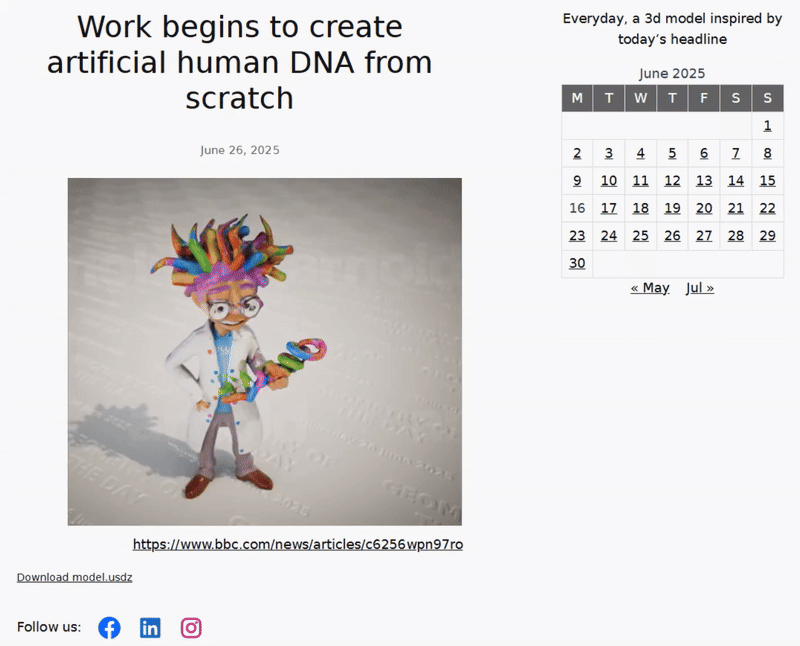I have seen so many posts and articles about AI that, at times, boredom and disgust take over my excitement for this technology.
So writing myself an article with AI in the title was duly considered. I certainly do not want to contribute to the background noise that AI is on my LinkedIn feed nowadays.
Background noise example: Ghibli style came out on a Monday, and died on Wednesday.
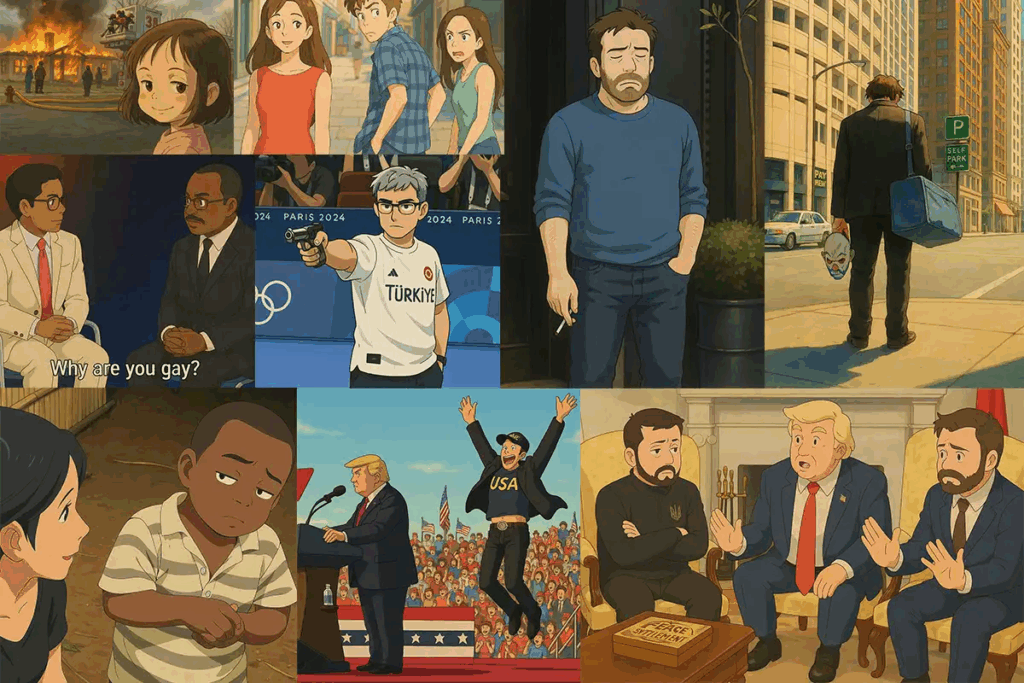
Hence, this is not an article on AI. It’s an article about how businesses should adopt new technologies in general, and how to deploy them in effective production, while building safety nets around them.
In other words, a guide to the practical adoption of new technology for small and medium-sized VFX companies.
Red VS blue ocean?
Big companies overhype their use of AI, throwing hashtags and buzzwords around by handfuls. This can be either to reassure shareholders that their company is not gonna miss the train, or to advertise to their clients that they are still ‘cool and in’. Either way, it’s communication.
Very few actually used it in production, and within that, none of them would advertise/display a project case of it. In many ways, it reminds me of Unreal 10 years ago. Everyone was talking about it, but no one was making money out of it. It took 5 to 10 years to become (well, to invent) a profitable market.
While big companies focus on survival in the red ocean (an existing bloodbath market with fierce competition), new AI markets will be created by small and medium-sized companies. This is the blue ocean.
Of course, AI will still be used on the red ocean, to optimise or replace existing processes. This is the ‘AI will take over my job’ fear, as if optimising workflow hasn’t been around since the ford factories…
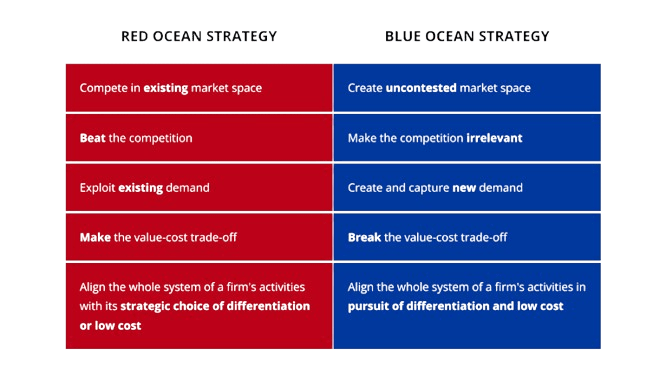
An example of a fun blue ocean R&D project from CoCollective in collaboration with Rupert thorpe: Geometry of the Day
Information funneling
How did you hear about AI, as an applicable tool for your industry, for the first time?
Likely, you can’t remember. So let’s tweak the exercise a bit.
Let’s say a new cool tech comes out tomorrow. How and when do you think you will hear about it?
Maybe you hear about it at a conference, reading the CG news, from a coworker through Slack, on your LinkedIn feed, or in the pub catching up with old friends.
Whatever funnel works for you, as long as you have one (or some).
Let’s make sure you build a solid AI funnel.
A good funnel consists of two things: The ability to fish for information fast and early, and the ability to propagate them within your production team. One without the other is useless.
Let’s start by fishing for info:
Who in your team is a good fisherman?
Do you already have a name that popped into your mind? Good. Do they know their fishing ability is precious to you? Better let them know!

Information spraying
Now that the info is captured, you need to disseminate it.
When and where are your fishermen expected to show their catch of the day?
Is there a monthly CG meeting where they have a slot in the agenda? Is it a slack channel? Does the rest of the team engage with it?
Maybe it’s a yearly prospective survey you run company-wide?
Or it can be during technical one-to-one.
Whatever works for you, as long as the info comes back to you and your wider team.
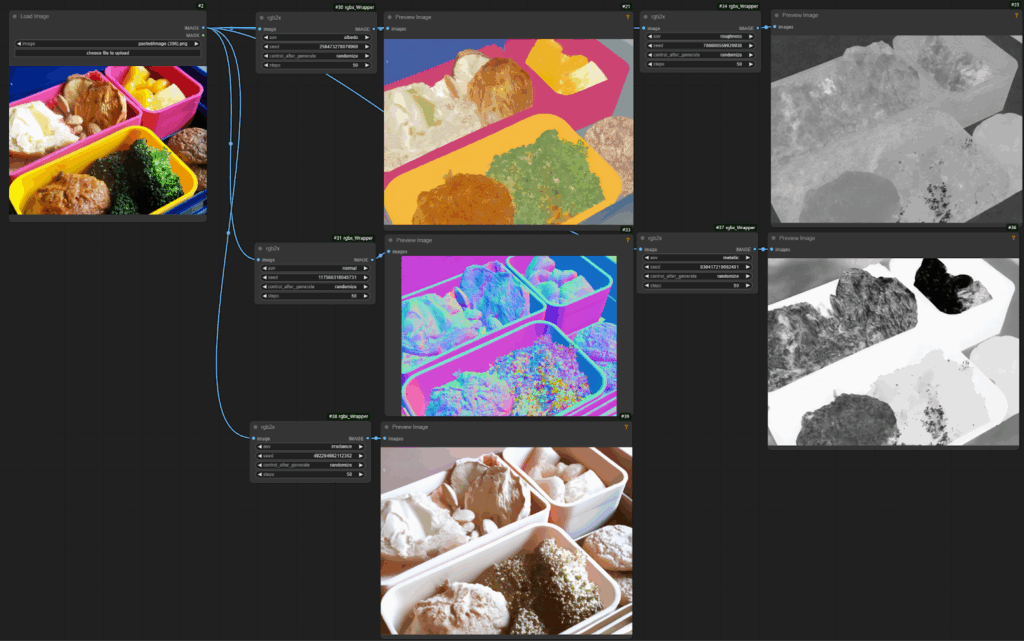
Deployment:
It can be helpful to identify two types of artists in your team:
- Those who focus on output, looking for tools to make production (and their life) easier and faster (red ocean).
- Those who focus on the creative process, find a tool, and wonder what they could build with it (blue ocean).
You want to expose the right people to the respective problems they enjoy solving.
For instance, at CoCollective, we have an enthusiast who is being invited to all our briefs.
This is an opportunity to suggest both AI to cut costs, but also to support creatives in exploring new, now possible scopes.
We do not expect AI to be useful in every project, far from it. But we expect to be the first ones to find out when it makes sense.
The commitment jump fear
By now, you have spotted a new tool, exposed your team to it, and identified an application on a live project.
Shall you dive in? What if it fails? What if it turns impractical? What if we can’t address the client’s feedbacks? What if you can’t edit the results and are trapped in a ‘take it or leave it’ situation?
Let me break the bad news straight away. Innovation is the opposite of efficiency.
You can’t have it both ways. Be prepared to embrace some messiness.
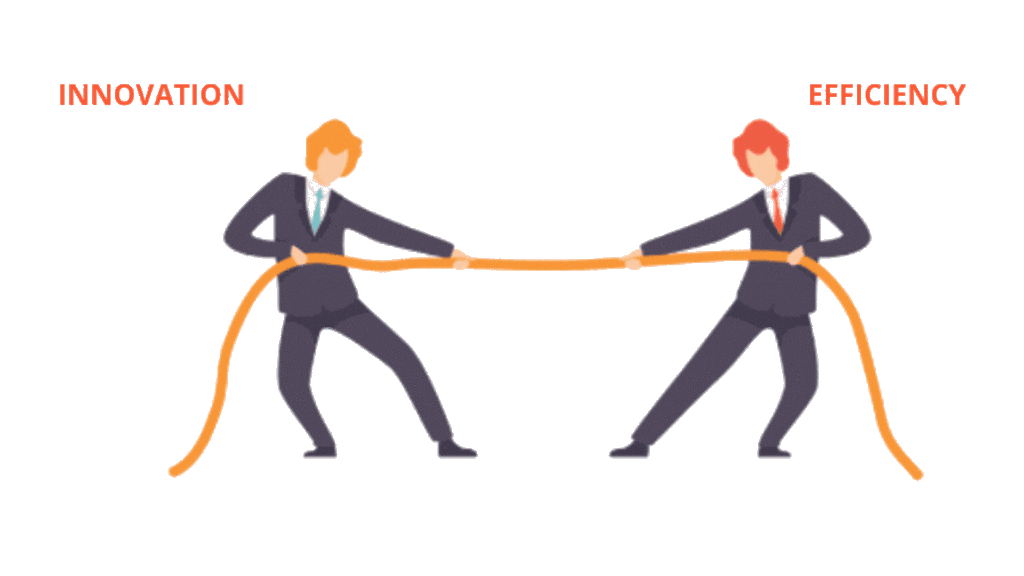
Knowing this, the only thing you can control, is risk.
- Commit to only a small part of the scope, on a safe project?
- Unlock a percentage of the project margin for tests? Small loss vs potential big wins.
- Use it on pre-production, and let your artists decide then how confident it can be taken to the finish line?
- Have a plan B, in terms of resources and timeline.
Hope for the best, prepare for the worst.
Conclusion:
Set up processes that continuously funnel, spray and deploy ideas into production applies to any new technologies, of course, not just AI.
Hence, it is worth thinking about these management tools for the bigger picture. Even sales and marketing benefit from those systems, often, for example, being the first ones to spot market shifts.
Of course, you can also call CoCollective, and benefit from the systems we have already put in place.
We have been experimenting with generative content (Sora, Kling, Meshy 3D), both for 2D and 3D output.
We are now using AI in preproduction for nearly all projects, speeding up concept and layout stages.
Recently, we have been building custom AI workflows using Stable Diffusion through ComfyUI.
Now you know when AI makes sense in production, but equally importantly, also when it doesn’t.
Pre-requisite to decision making:
A prerequisite for a manager/executive is to understand the core concept core concept of AI. Going above the catch lines and vague copy-paste sentences one sees on the web, and really understanding how the technology works, is mandatory to be able to make an educated guess.
- What are the limits of AI by design?
- What are the different types of AI training (supervised, learning, and reinforcement learning)?
- What are “transformers” and how do they work? Video 1 | Video 2
- How is data gathered, cleaned, normalised, sometimes even created (and most of the time stolen)?
- What hardware powers AI?
- What are the copyright implications of AI? No video here, as there are yet no regulations about it. This is a black hole..
This knowledge will be useful for the next 20 years, so it’s time well spent.
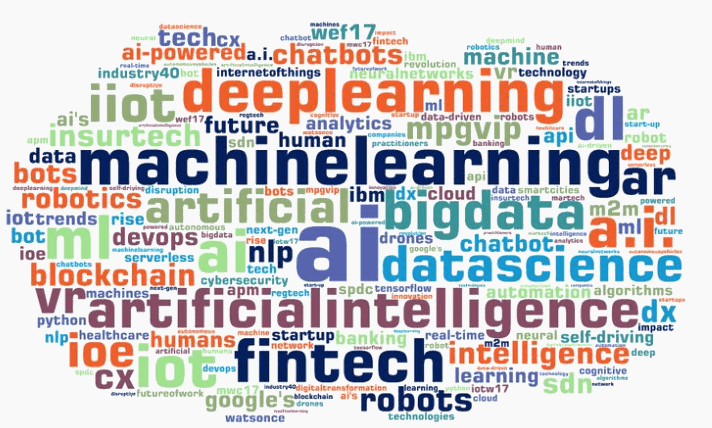
You can reach Camille at camille.lymer@cocollective.studio
Follow us on ![]()
Thank you for reading, goodbye.


